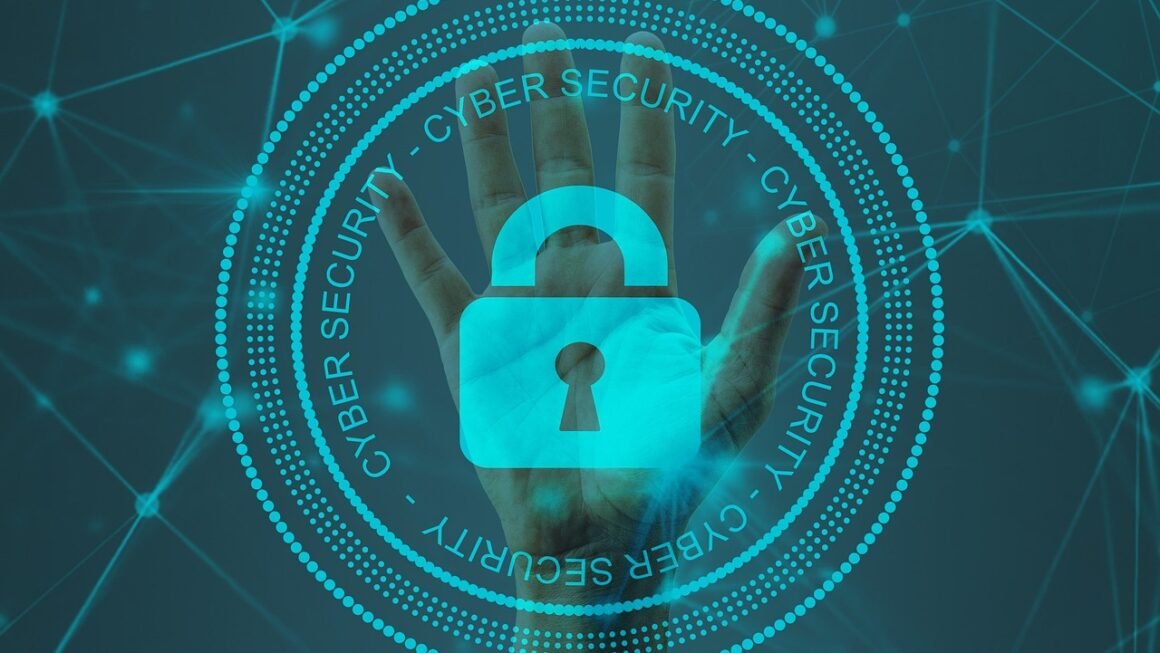In today’s interconnected world, where data breaches and cyber threats are becoming increasingly sophisticated, ensuring the security of your systems and data is paramount. A security audit serves as a comprehensive evaluation of your organization’s security posture, identifying vulnerabilities and weaknesses that could be exploited by malicious actors. This detailed process helps you proactively strengthen your defenses and protect your valuable assets. Let’s delve into the world of security audits and understand how they can fortify your cybersecurity strategy.
What is a Security Audit?
Definition and Purpose
A security audit is a systematic and documented assessment of an organization’s security policies, procedures, and infrastructure. Its primary purpose is to identify vulnerabilities, evaluate risks, and recommend corrective actions to improve the overall security posture. It’s like a health checkup for your organization’s digital wellbeing.
- A security audit can cover a wide range of areas, including:
Network security
System security
Application security
Data security
Physical security
Compliance with relevant regulations (e.g., GDPR, HIPAA, PCI DSS)
Why are Security Audits Important?
Security audits are crucial for several reasons:
- Identify vulnerabilities: They help pinpoint weaknesses in your systems and processes before attackers can exploit them.
- Reduce risk: By addressing identified vulnerabilities, you can significantly reduce the risk of data breaches, financial losses, and reputational damage.
- Ensure compliance: They help you comply with industry regulations and legal requirements related to data protection and security.
- Improve security posture: They provide valuable insights and recommendations for strengthening your overall security defenses.
- Enhance stakeholder confidence: Demonstrating a commitment to security can build trust with customers, partners, and investors.
- Example: A company that processes credit card payments conducts a PCI DSS audit annually to ensure they meet the required security standards for handling cardholder data. Failure to do so could result in hefty fines and the inability to process credit card transactions.
Types of Security Audits
Internal vs. External Audits
- Internal audits are conducted by employees within the organization. They offer a cost-effective way to regularly assess security controls and identify potential issues. The key benefit is intimate knowledge of internal systems and processes, but potential bias should be addressed with careful planning and oversight.
- External audits are performed by independent third-party security experts. They provide an objective and unbiased assessment of your security posture. External audits are typically more comprehensive and can uncover vulnerabilities that internal audits may miss. For example, a SOC 2 audit must be performed by a certified public accountant (CPA).
Common Security Audit Frameworks
Several established frameworks can guide your security audit process:
- ISO 27001: A globally recognized standard for information security management systems (ISMS).
- NIST Cybersecurity Framework: A flexible and adaptable framework for managing cybersecurity risk.
- PCI DSS: A set of security standards for organizations that handle credit card information.
- SOC 2: A reporting framework for service organizations to demonstrate their controls over data security, availability, processing integrity, confidentiality, and privacy.
- HIPAA: US legislation that provides data privacy and security provisions for safeguarding medical information.
- Example: A software-as-a-service (SaaS) company may choose to undergo a SOC 2 audit to demonstrate its commitment to data security to its customers.
The Security Audit Process
Planning and Preparation
The audit process begins with careful planning and preparation:
- Define the scope: Determine which systems, applications, and data will be included in the audit.
- Identify objectives: Clearly define the goals you want to achieve with the audit.
- Select an auditor: Choose a qualified and experienced auditor (internal or external).
- Gather documentation: Collect relevant policies, procedures, and system configurations.
- Communicate with stakeholders: Inform key personnel about the audit process and their roles.
Assessment and Testing
This phase involves a thorough evaluation of your security controls:
- Vulnerability scanning: Automated tools are used to identify known vulnerabilities in your systems.
- Penetration testing: Ethical hackers simulate real-world attacks to identify exploitable weaknesses.
- Security control reviews: Examining security policies, procedures, and configurations to assess their effectiveness.
- Data analysis: Analyzing logs and other data sources to detect suspicious activity.
- Interviews: Talking to employees to understand their security awareness and practices.
- Example: A penetration test might involve attempting to gain unauthorized access to a server or application by exploiting vulnerabilities.
Reporting and Remediation
The final stage involves documenting the audit findings and taking corrective actions:
- Prepare a report: The auditor provides a detailed report outlining the identified vulnerabilities, risks, and recommendations.
- Prioritize remediation: Focus on addressing the most critical vulnerabilities first.
- Develop a remediation plan: Create a plan outlining the steps needed to address each vulnerability.
- Implement corrective actions: Apply the necessary patches, configurations, and process improvements.
- Monitor and track progress: Track the progress of the remediation plan and ensure that vulnerabilities are effectively addressed.
- Follow-up audit: Conduct a follow-up audit to verify that the corrective actions have been implemented successfully.
- Example: If a security audit reveals that employees are not using strong passwords, the company should implement a password policy and provide training on password security best practices.
Benefits of Regular Security Audits
Proactive Security Measures
Regular security audits enable organizations to proactively identify and address vulnerabilities before they can be exploited by attackers. This proactive approach can significantly reduce the risk of data breaches, financial losses, and reputational damage.
- Benefit Example: Imagine a company regularly audits its website and identifies a cross-site scripting (XSS) vulnerability. By patching the vulnerability before an attacker can exploit it, they prevent potential data theft and website defacement.
Cost Savings
While security audits require an initial investment, they can ultimately save organizations money by preventing costly data breaches and security incidents. The cost of a data breach can include:
- Regulatory fines
- Legal fees
- Recovery costs
- Reputational damage
A recent IBM study estimated the average cost of a data breach in 2023 to be $4.45 million.
Compliance and Regulatory Requirements
Many industries are subject to regulations that require regular security audits. These regulations are designed to protect sensitive data and ensure that organizations are taking appropriate security measures. Failing to comply with these regulations can result in significant fines and penalties.
- Example: Healthcare organizations must comply with HIPAA regulations, which require them to conduct regular security audits to protect patient data.
Improved Security Awareness
Security audits can help raise security awareness among employees and stakeholders. By participating in the audit process, employees can gain a better understanding of security risks and best practices. This can lead to a more security-conscious culture within the organization.
- Practical Tip: After a security audit, share the findings and recommendations with employees. Use the audit as an opportunity to provide security training and reinforce best practices.
Conclusion
Security audits are an essential component of a robust cybersecurity strategy. By proactively identifying vulnerabilities, mitigating risks, and ensuring compliance, organizations can significantly enhance their security posture and protect their valuable assets. Regular security audits are not just a compliance requirement but a strategic investment in the long-term security and resilience of your organization. Embracing a culture of continuous security assessment and improvement is key to staying ahead of evolving cyber threats.



